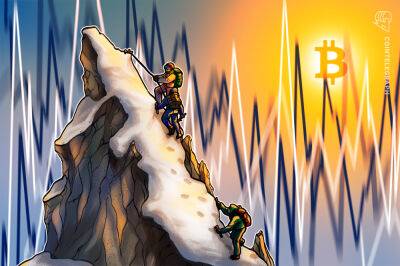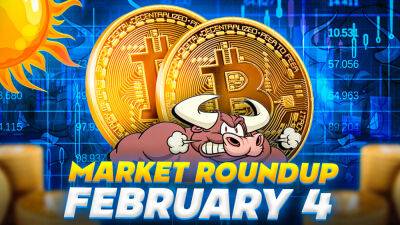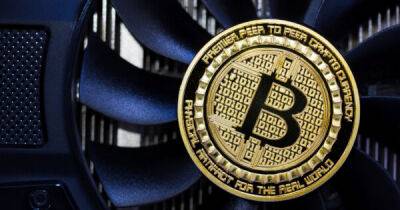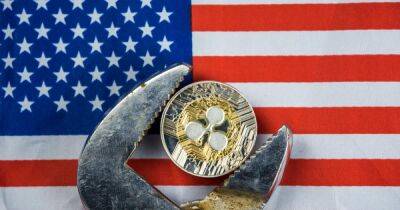This Indicator of Bitcoin HOLDer Conviction Recently Hit a Record High – Here’s What That Means For BTC Price
A Glassnode on-chain indicator of Bitcoin HODLer conviction called “Reserve Risk” recently fell to its lowest-ever level, indicating that HODLer conviction is at record highs. In wake of the collapse of FTX, formerly one of the largest centralized cryptocurrency exchanges in the world, the Bitcoin Reserve Risk indicator fell to a new record low of 0.000729. It has since recovered to around to just above 0.0010.
According to Glassnode, Reserve Risk is “used to assess the confidence of long-term holders relative to the price of the native coin at any given point in time”. Reserve Risk is “a long-term cyclical oscillator that models the ratio between the current price (incentive to sell) and the conviction of long-term investors (opportunity cost of not selling)”.
The conviction of long-term investors is encapsulated in Glassnode’s “HODL Bank” index, which represents an accumulation of unspent “opportunity cost” accrued by HODLers the longer they refuse to sell. Reserve Risk is thus defined as the current Bitcoin market price divided by the HODL Bank index score.
Glassnode says that when confidence is high and the BTC price is low (meaning a low Reserve Risk score), the risk/reward of investing in Bitcoin is attractive. Meanwhile, in the converse scenario when confidence is low and the price is high (meaning a high Risk Reserve score), risk/reward is unattractive.
According to one crypto analyst who recently commentated on a number of bullish on-chain indicators, including the Risk Reserve indicator, “conviction amongst long-term Bitcoin holders doesn't get better than this”.
In light of the recent rally in Bitcoin’s price, the Risk Reserve score has naturally risen. Historically, a bottoming of the Risk Reserve indicator after
Read more on cryptonews.com
















